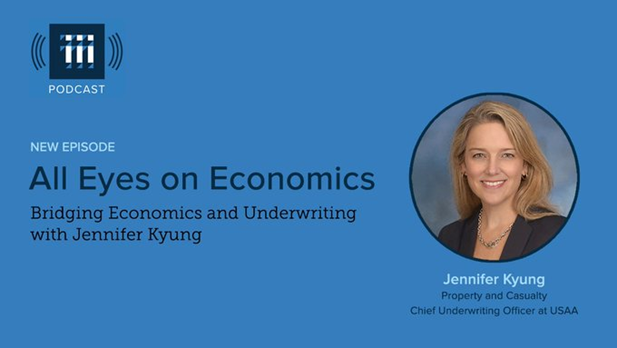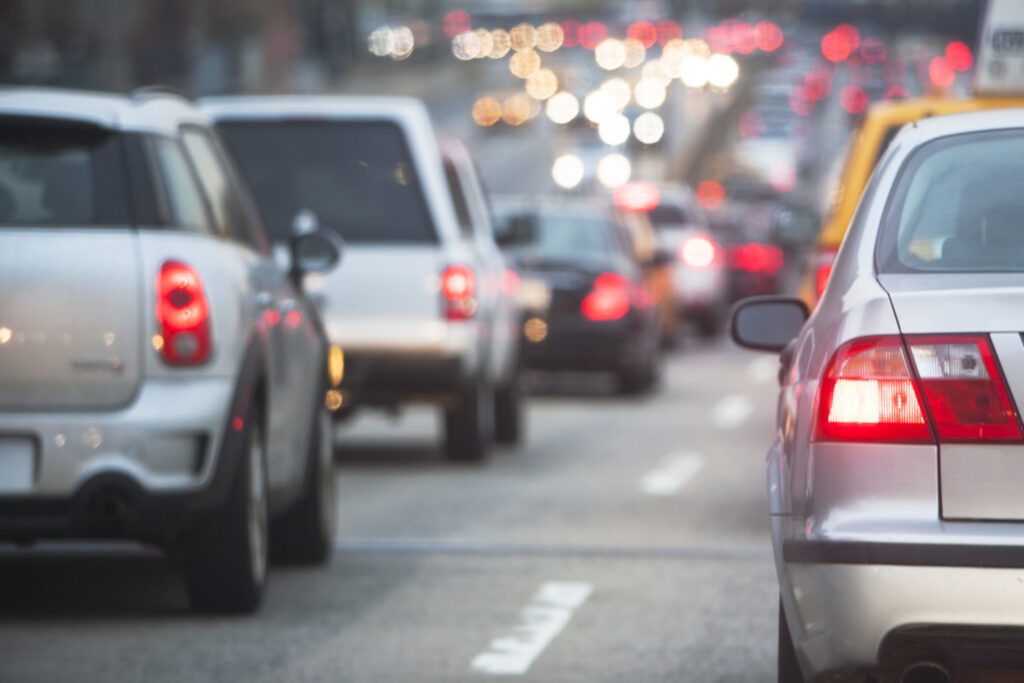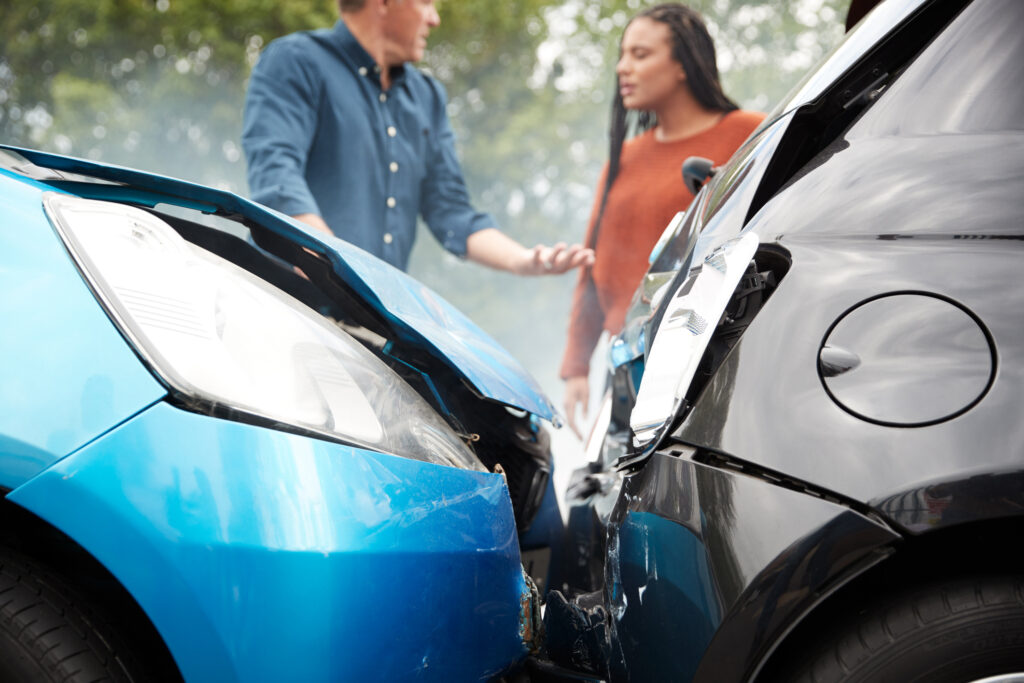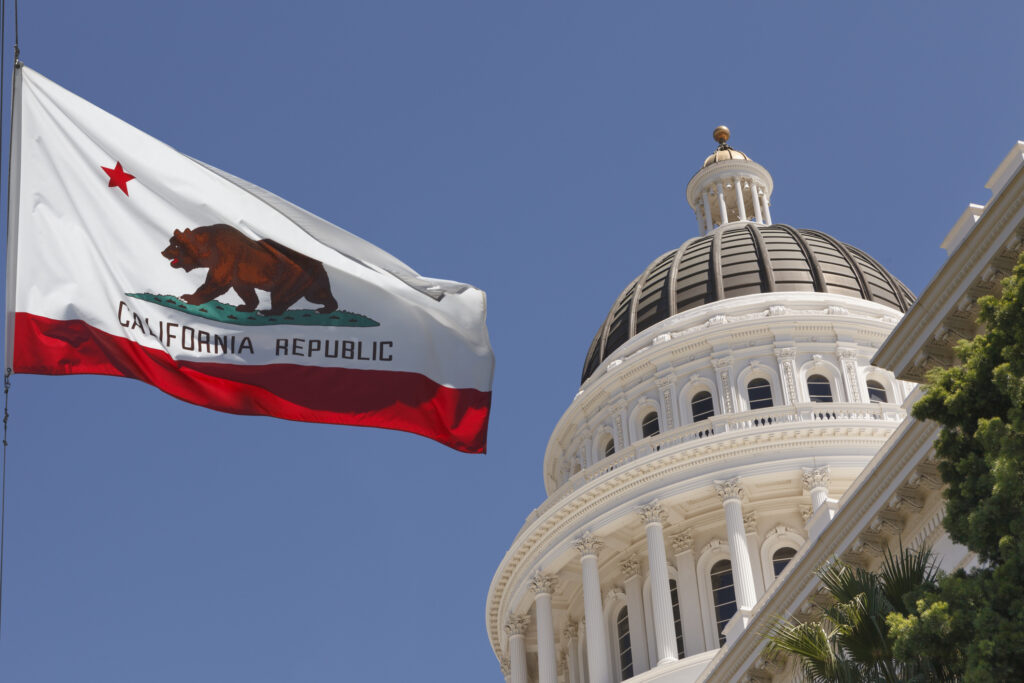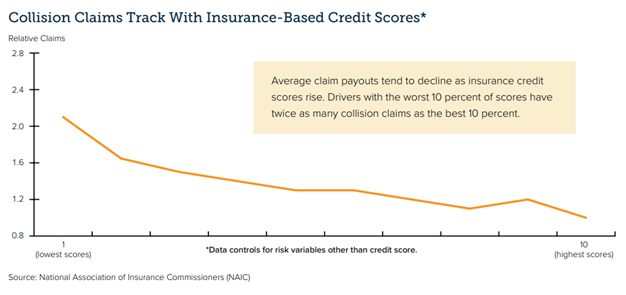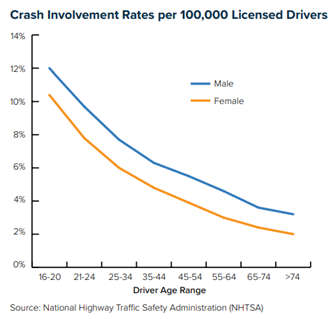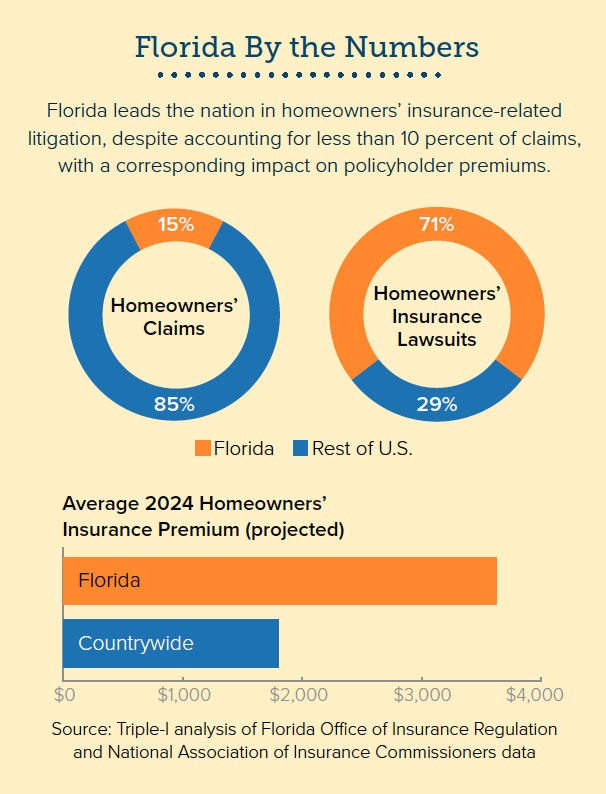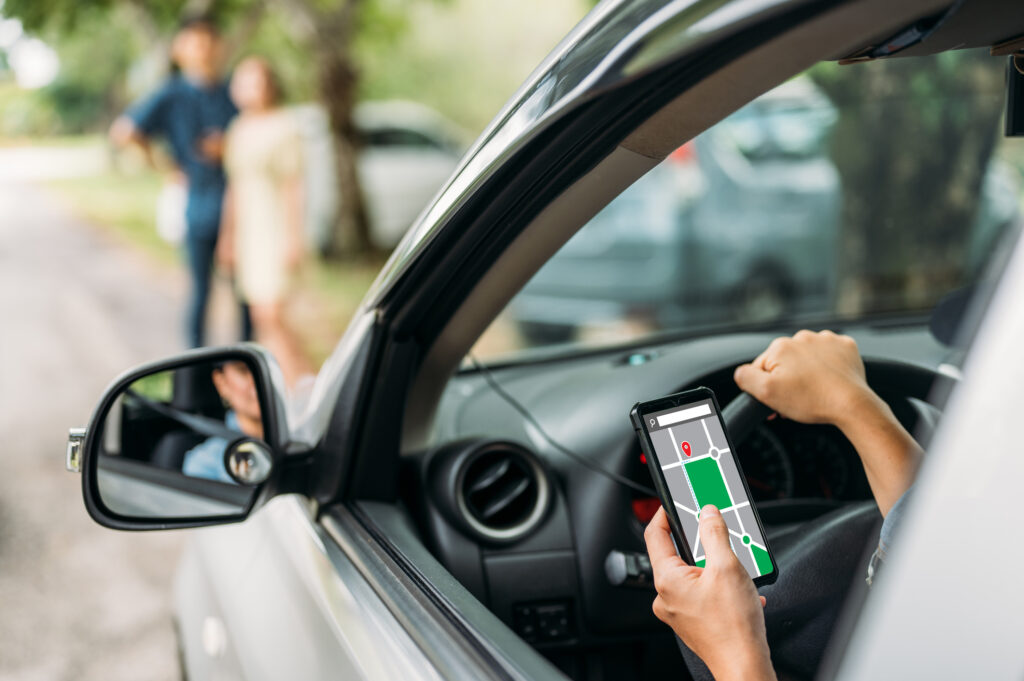By Max Dorfman, Research Writer, Triple-I
For the last 35 years, the National Conference of Insurance Guaranty Funds (NCIGF) – an organization dedicated to serving 55 property/casualty state guaranty funds – has provided operational support; communications, education, and outreach; as well as public policy management for these organizations.
State guaranty funds make up a privately funded, nonprofit state-based national system that pays covered claims up to a state’s legally allowable limits, protecting policyholders if their insurer becomes insolvent. There are 55 such funds because some states have more than one.
“All states have a property/casualty guaranty association, and some have a workers compensation guaranty association,” NCIGF President and CEO Roger Schmelzer explained in a recent “Executive Exchange” with Triple-I CEO Sean Kevelighan.
“We’re not claims payers,” Schmelzer said, “We try to do things for our members that they wouldn’t be doing for themselves or that it’s better to be doing in one place.”
For nearly five decades, the guaranty fund system has paid out more than $35 billion to cover claims against about 600 insolvencies.
“Through the years, the system has successfully met every challenge that’s come its way, and has been instrumental in supporting the insurance promise,” Schmelzer said.
NCIGF recently announced its updated organizational strategy, which focuses on:
- Pre-liquidation planning with regulators and receivers,
- Understanding and preparing for the changing landscape in insolvencies, and
- Seeking shared solutions to common problems among state associations.
“We want to understand better the trends and factors that could lead to insolvency,” Schmelzer said. “Then we want to do everything we can with our members, working through our educational arm, to make sure members are prepared for whatever those trends might bring.”


